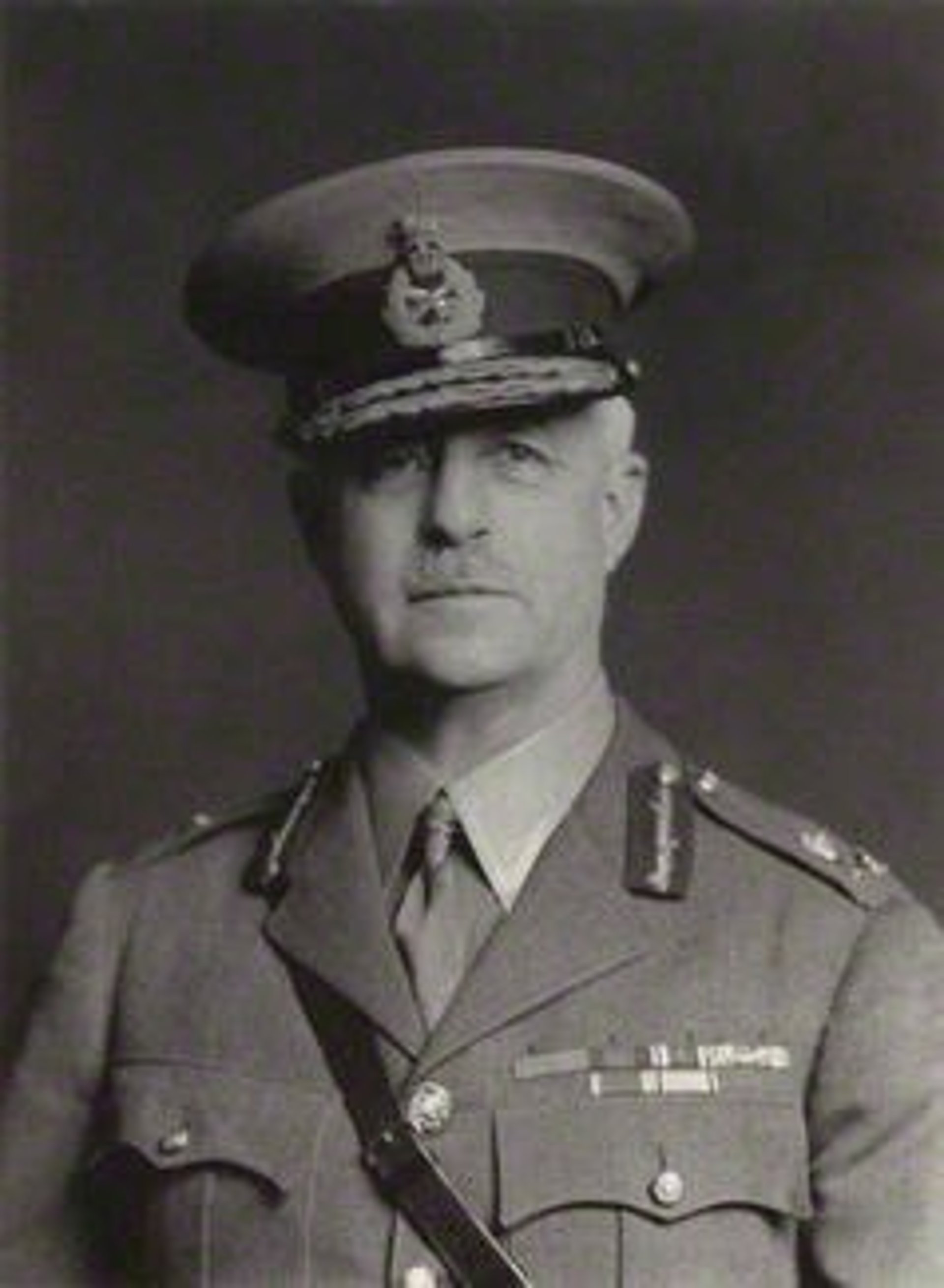
You didn’t come this far to stop
Major General Lionel Vivian Bond:
The Man at the Helm
Descent into Hell - Episode 4 Major General Lionel Vivian Bond: The Man at the Helm
In the turbulent months leading up to the Pacific War, the responsibility for the defense of Malaya and Singapore rested heavily on the shoulders of Major General Lionel Vivian Bond. As the General Officer Commanding (GOC) in Malaya from August 1939, Bond was tasked with the formidable challenge of preparing the region for a potential Japanese invasion. His tenure was marked by strategic disagreements, insufficient resources, and a complex geopolitical landscape that would ultimately lead to one of the most catastrophic military defeats in British history.
WW2 HISTORYDESCENT INTO HELLIN THEIR FOOTSTEPS BLOG
Toursofwar.com
7/17/20247 min read
Born in 1884, Major General Lionel Bond had a distinguished military career that spanned several decades. He began his service in the Royal Engineers in 1903, and his early experiences included action in India in 1908 and Mesopotamia during the First World War. Bond's expertise in engineering led to further roles as the Chief Engineer of Aldershot Command, Commanding Officer of Chatham Area Command, and Inspector of Royal Engineers at the War Office.
Bond was known for his sterling worth and character, traits that earned him respect within the military hierarchy. However, his leadership style was often described as aloof, with a tendency to exercise control from his office rather than through direct engagement with his subordinates. This detachment would prove to be a significant factor in the challenges that arose during his command in Malaya.


The Strategic Disagreements
Bond's views on the defense of Malaya and Singapore differed significantly from those of other key military leaders, including Air Officer Commanding Far East, Vice Marshal Robert Brooke-Popham, and Secretary of Defence, Charles Bidwell. These disagreements were symptomatic of a broader issue within the British command structure: a lack of cohesive planning and consultation.
One of the most contentious points was the placement and protection of airfields on the Malay Peninsula. Bond steadfastly refused to comply with plans that called for widely dispersed airfields, arguing that they were poorly sited and inadequately resourced to defend against a Japanese attack. Instead, he believed that the vital ground for the defense of Singapore lay in the Johor region, directly opposite the island. This belief put him at odds with other military leaders who had different priorities, contributing to the fragmented defense strategy that would later be exploited by the Japanese.
Background and Military Career
Bond's Legacy
Despite his extensive experience and the respect he commanded within the military, Major General Bond's tenure as GOC in Malaya is often viewed through the lens of the subsequent fall of Singapore. His strategic decisions, particularly his focus on Johor as the key defensive position, did not translate into effective preparations on the ground. The lack of coordination with other branches of the military and the fragmented approach to defense planning contributed to the disastrous outcome in February 1942.
Bond's legacy is a complex one. He was a man of integrity and dedication, yet his leadership style and strategic decisions were not suited to the unique challenges of the Malayan campaign. As we delve deeper into the events leading up to the fall of Singapore, Bond's role serves as a reminder of the critical importance of unified command and the need for adaptability in the face of rapidly changing threats.
Leadership Style and Influence
Challenges of Command
The situation Bond faced in Malaya was far from ideal. The region's dense jungles, mountainous terrain, and inadequate infrastructure posed significant logistical challenges. Compounding these difficulties was the fact that the British forces were under-resourced and poorly equipped. Bond's predecessor, Major General William Dobbie, had recognized these challenges and begun constructing a series of defensive "pillboxes" in southern Johor. However, Bond did not continue this work, believing that the focus should be on other areas.
This decision, along with his reluctance to engage in a more collaborative approach with other military leaders, highlighted the limitations of Bond's command. The short tenures of GOCs in Singapore, combined with the disorganized command structure, further inhibited continuous and effective defense planning.
Focus on Southern Johor
Bond believed that the key to defending Singapore lay in Southern Johor, directly across the causeway from the island. He prioritized this area for defensive preparations, arguing that it was vital ground for the defense of Singapore. This focus, however, led to neglect of other strategic areas that could have been fortified.
Resistance to Dispersed Airfields
One of the contentious points during Bond's command was his refusal to comply with plans for widely dispersed airfields across the Malay Peninsula. He argued that these airfields were poorly sited and inadequately resourced to defend against a Japanese attack. Instead, he advocated for a concentration of resources and defenses in Southern Johor, which created friction with other military leaders, particularly Vice Marshal Robert Brooke-Popham, the Air Officer Commanding Far East.
Inadequate Resource Allocation
Bond's command faced significant resource limitations, including a lack of modern equipment and sufficient troop numbers. Despite recognizing the logistical challenges posed by the region's geography, Bond did not secure the necessary reinforcements or prioritize the modernization of the Royal Air Force units stationed in Singapore. By the time of the invasion, the British forces were under-equipped and poorly prepared.
Fragmented Command Structure
The command structure under Bond was characterized by disorganization and a lack of cohesive planning. Bond's aloof leadership style and reluctance to engage collaboratively with other military leaders, such as the naval and air commanders, hindered effective defense planning. This fragmentation led to a lack of unified command, which was critical during the rapidly changing military landscape.
Neglect of Defensive Works
While Bond's predecessor, Major General William Dobbie, had initiated the construction of defensive "pillboxes" and other fortifications in Southern Johor, Bond did not continue this work. His decision to shift focus away from these preparations reflected a broader failure to adapt to the evolving threat posed by the Japanese forces.
Limited Engagement with Civil Authorities
Bond's command was also marked by limited engagement with civilian authorities and local defense committees, which could have provided additional support and resources for the military effort. This lack of collaboration further isolated his command and contributed to the ineffective implementation of defense strategies.
Conclusion
Major General Lionel Vivian Bond's tenure as GOC in Malaya was marked by strategic miscalculations and a failure to adapt to the rapidly changing military environment. His focus on Southern Johor, resistance to dispersed airfield plans, inadequate resource allocation, and fragmented command structure all contributed to the British forces' inability to effectively defend Singapore against the Japanese invasion. The fall of Singapore in February 1942 serves as a stark reminder of the critical importance of unified command, effective resource management, and adaptability in military leadership.
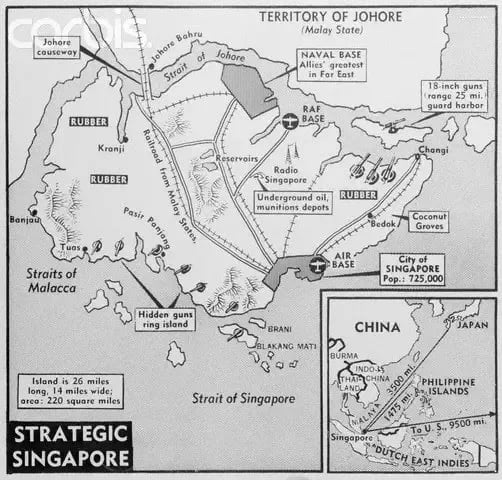

Johor's seaboards play in Bond's defense plans
Geographical Advantage
The Johor seaboards, particularly along the Johor Strait, provided a direct line of sight and access to Singapore. This proximity meant that controlling the coastal areas of Johor was essential for preventing a Japanese naval invasion. Bond recognized that any successful defense of Singapore would require a strong presence in Johor to intercept enemy forces before they could reach the island.
Naval and Air Defense Coordination
The seaboards of Johor were integral to the coordination of naval and air defenses. Heavy naval guns were emplaced at strategic points along the coast, such as the Johore Battery, to target enemy ships. These coastal defenses were intended to protect Singapore from naval bombardment and landings. Additionally, airfields established in Johor were meant to support air operations over the Strait, although the placement of these airfields was often criticized for being inadequate and poorly coordinated with ground defenses.
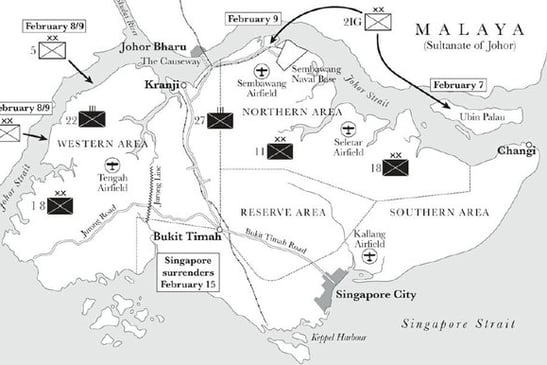

In Major General Lionel Vivian Bond's defense strategy for Malaya and Singapore, the seaboards of Johor played a crucial role for several reasons:

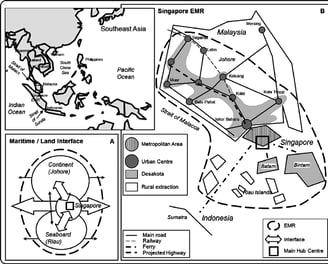
Logistical and Supply Lines
Johor's seaboards served as vital logistical routes for the movement of troops, supplies, and equipment. The region was intended to facilitate the rapid deployment of forces to counter any Japanese landings. However, the lack of adequate infrastructure and the under-resourced British forces hindered effective logistical operations, limiting the ability to reinforce defenses along the coast.
Potential Landing Sites
Bond's defense strategy had to account for the possibility of Japanese landings along the Johor seaboards. The British command recognized that the Japanese could launch amphibious assaults from the sea, making it imperative to secure these coastal areas. Bond's focus on Johor was partly influenced by the belief that it was the most likely point of attack, which underscored the need for robust defenses along the coastline.
Fragmented Command and Strategic Disagreements
Despite the significance of Johor's seaboards, Bond's defense plans were complicated by strategic disagreements with other military leaders. His insistence on prioritizing Johor over the dispersal of airfields and other defensive measures led to a fragmented command structure. This disunity hindered the effective implementation of a cohesive defense strategy, ultimately undermining the overall effectiveness of the British military response.
Conclusion
The seaboards of Johor were central to Major General Lionel Vivian Bond's defense strategy for Singapore, serving as a critical line of defense against potential Japanese naval assaults. However, despite their significance, the inadequate preparation, resource limitations, and fragmented command structure ultimately compromised the effectiveness of these defenses. The failure to secure Johor's coastal areas contributed to the disastrous outcome of the Japanese invasion and the fall of Singapore in February 1942.
How You Can Help
Donations and Sponsorships: We are seeking corporate sponsorships and donations to fund ongoing restoration projects and educational programs. Your support can make a significant difference in maintaining the quality and impact of the museum.
Volunteer Opportunities: If you have expertise or time to offer, consider volunteering with us. There are many ways to get involved, from artifact restoration to educational outreach.
Spreading the Word: Share this blog and our mission with your network. The more people who know about the JEATH War Museum and its significance, the greater the impact we can achieve together.
The St Andrews Research Team is dedicated to preserving the legacy of the Thai-Burma Railway and the memories of those who suffered. We need your support to continue our work. There are several ways you can help:
Join the Cause!
If you or someone you know is interested in supporting this cause, please get in touch.
This is a chance to be part of something truly meaningful and impactful.


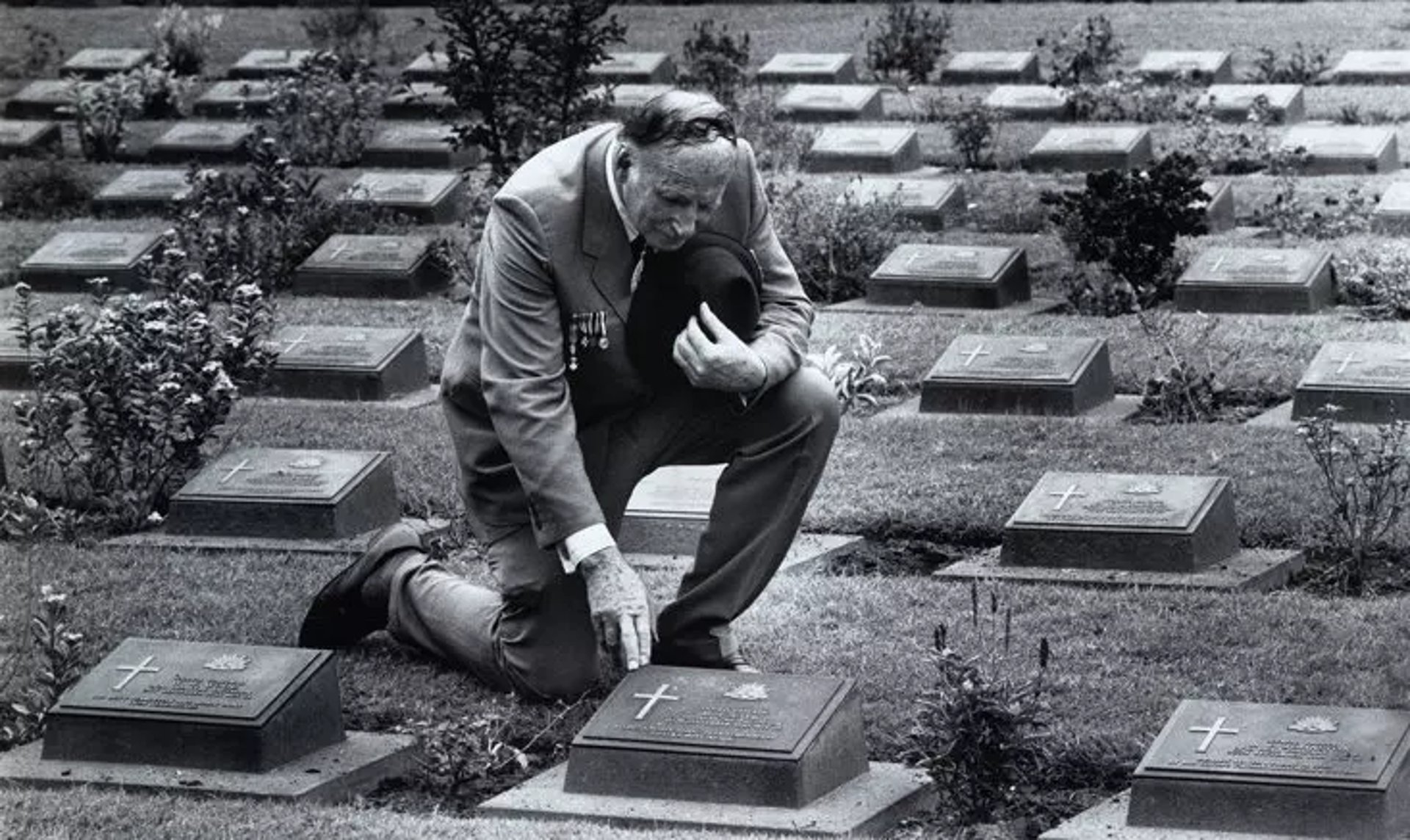
Together, We Can Make a Difference!
This is a veteran-run project, and we need your help to make it happen. Stand with us in honoring the legacy of the POWs and ensuring their stories are never forgotten.
